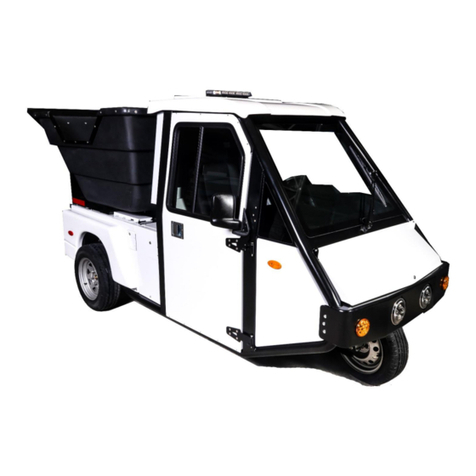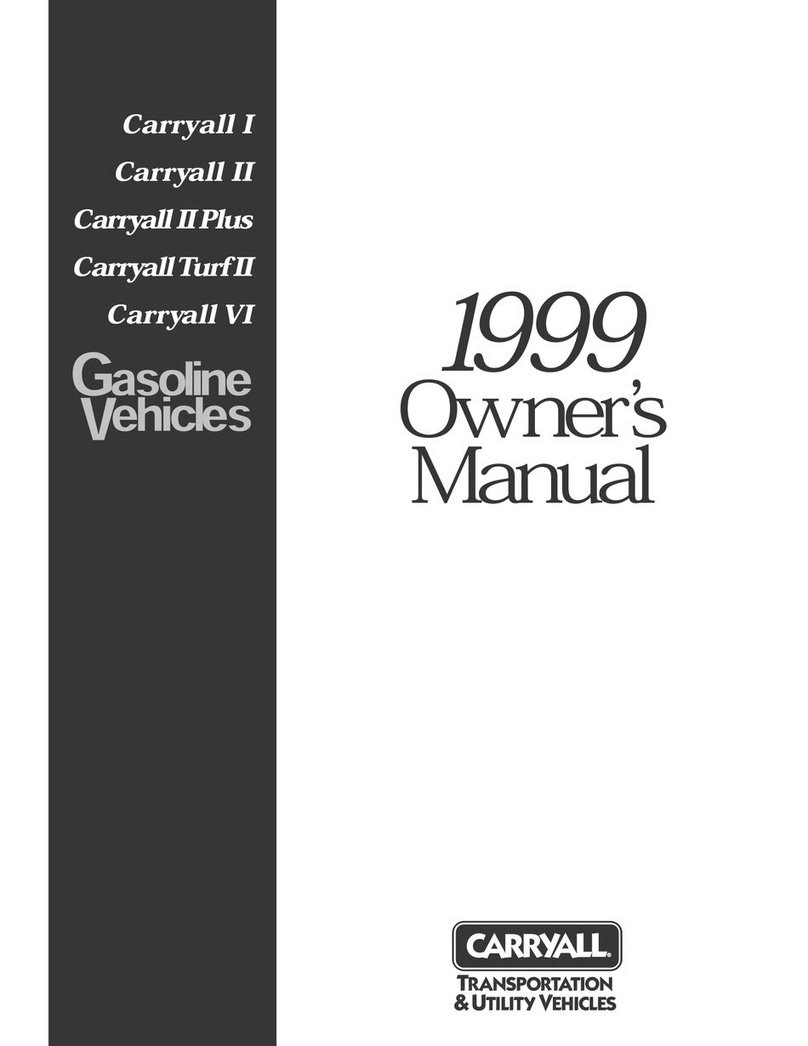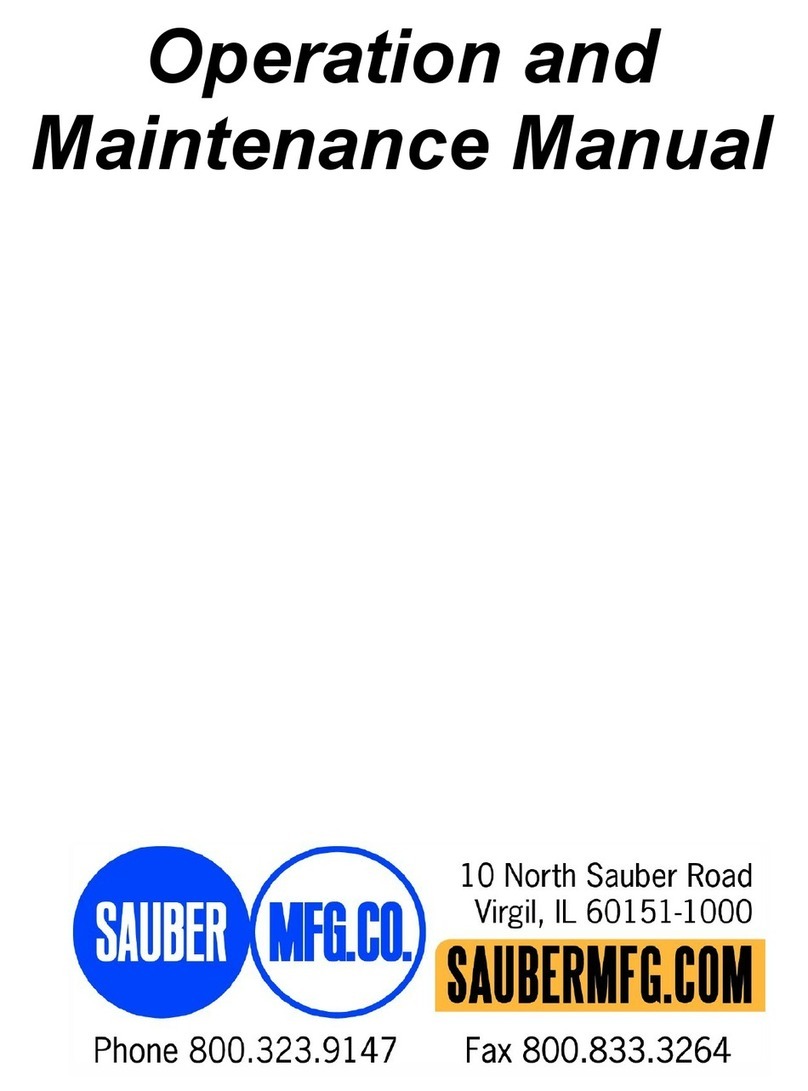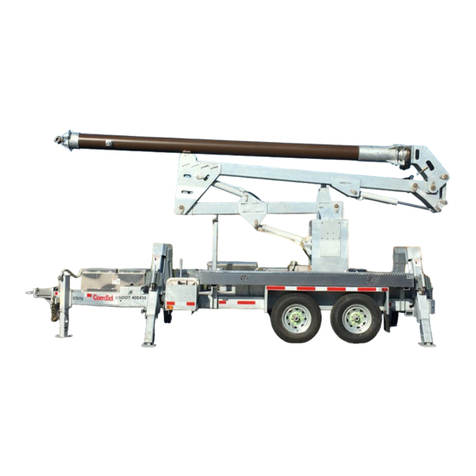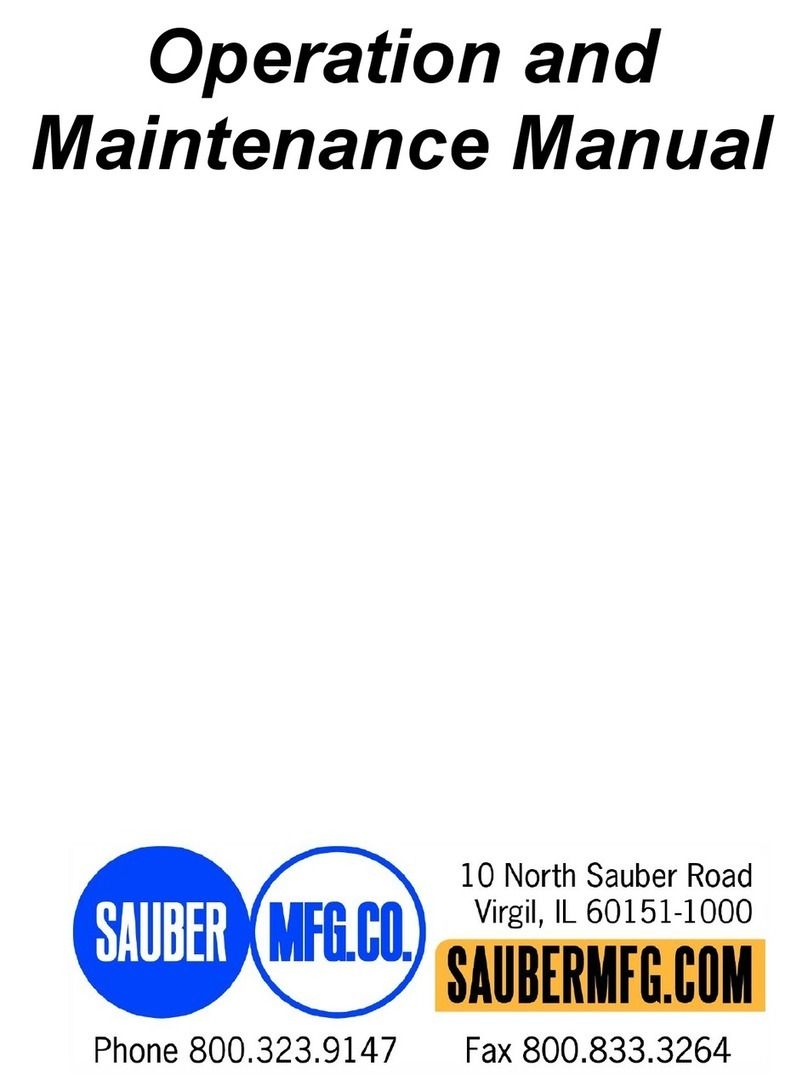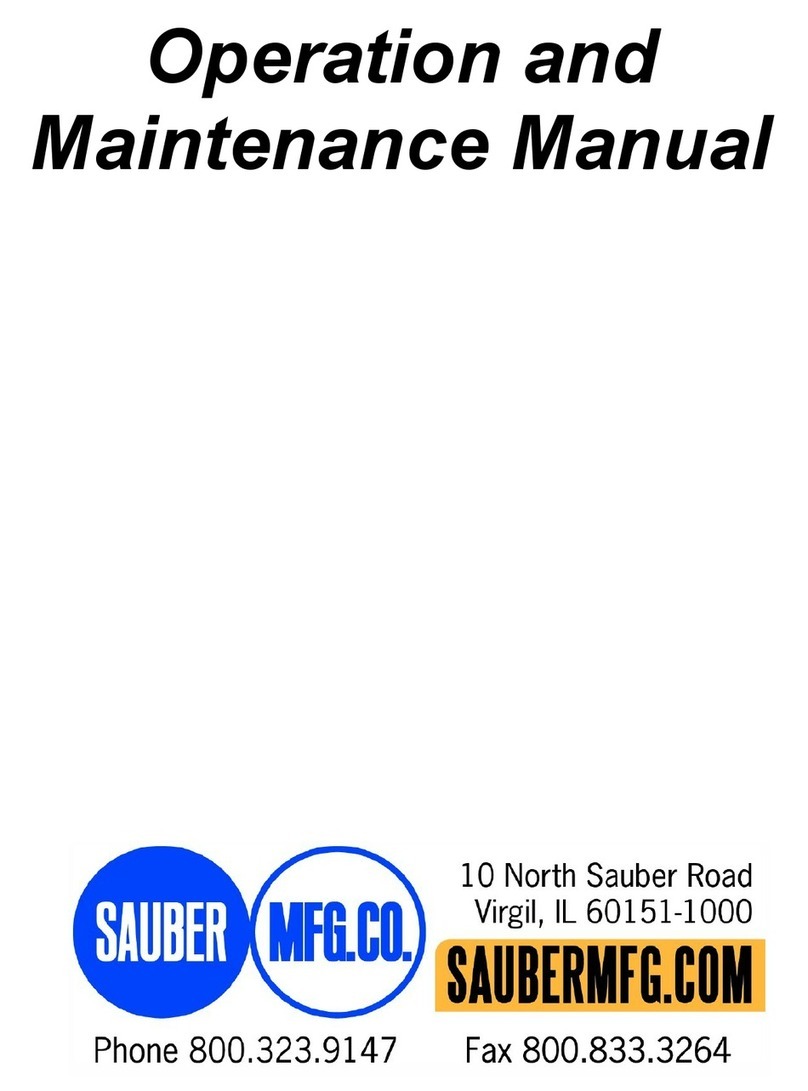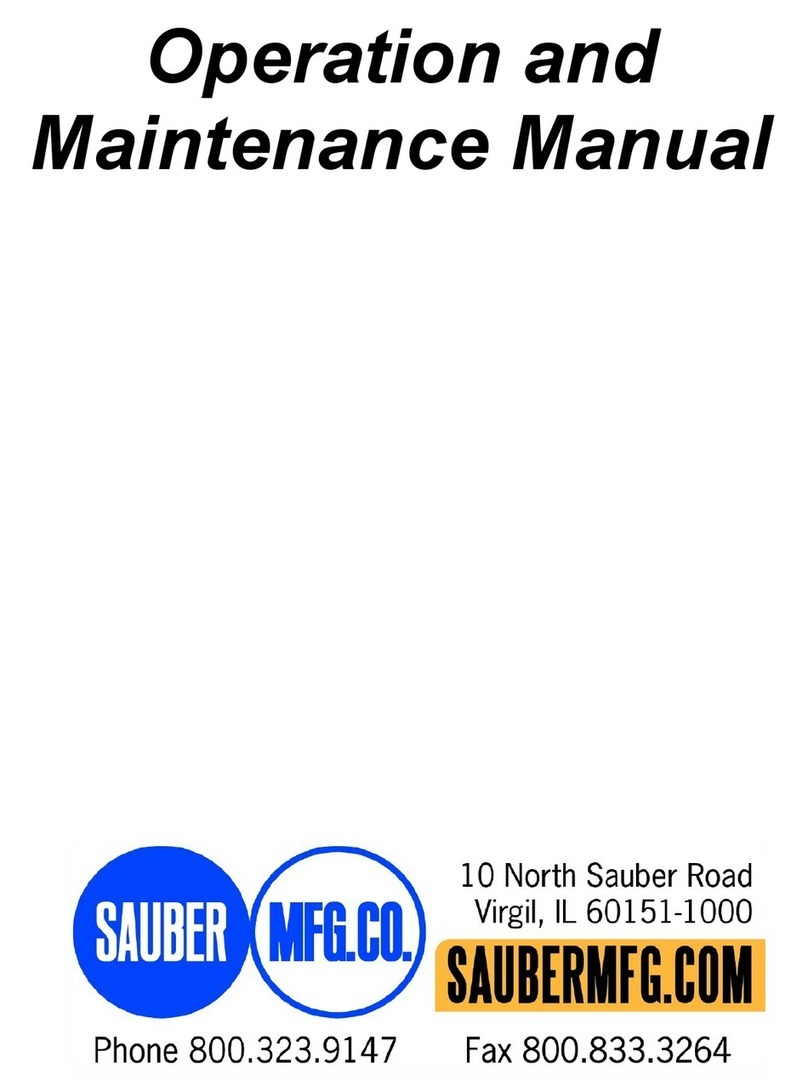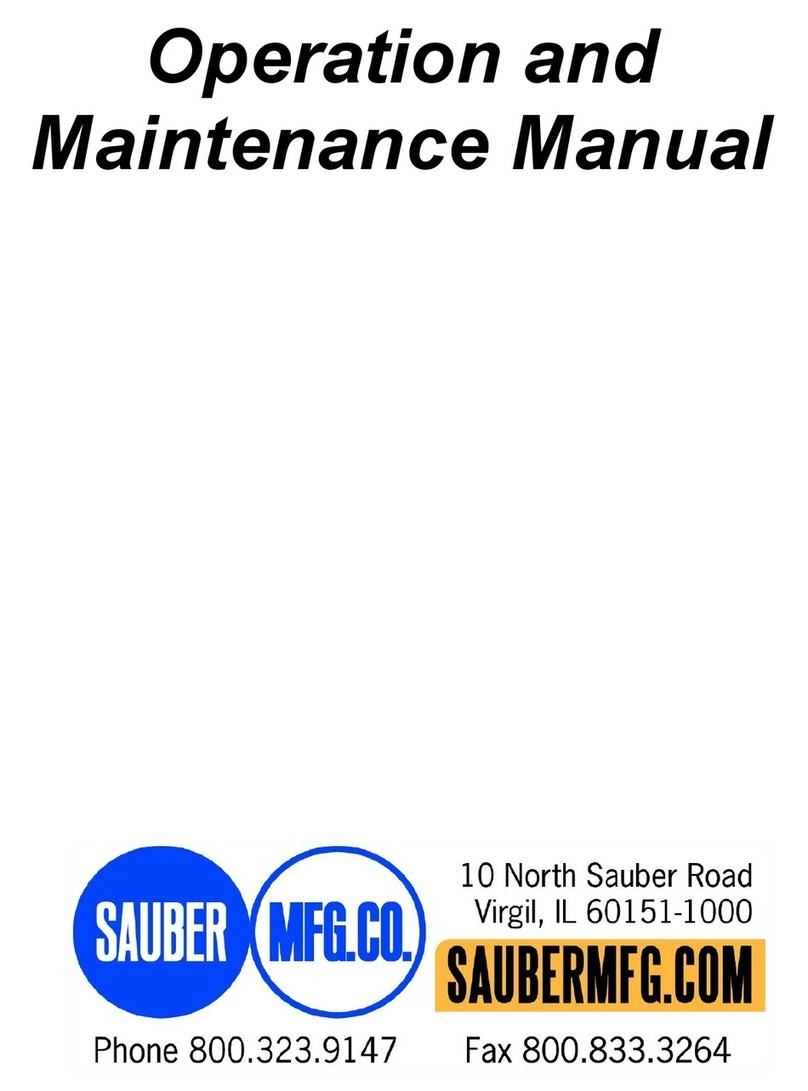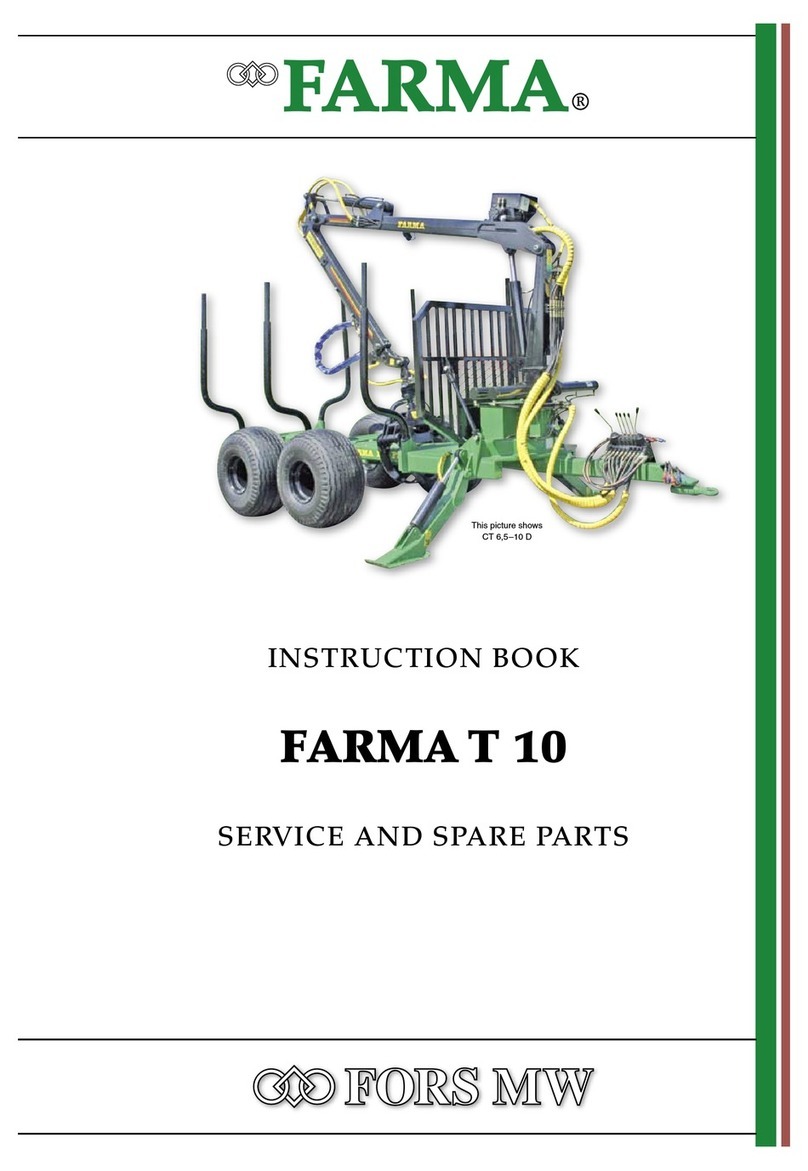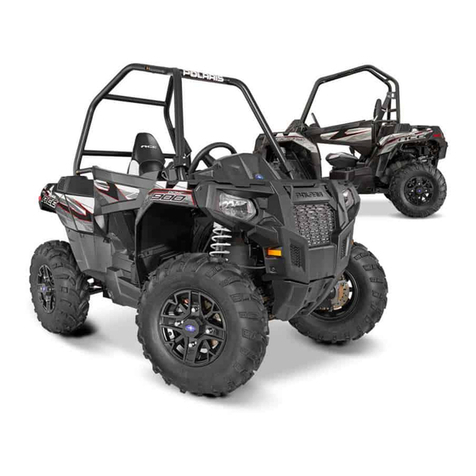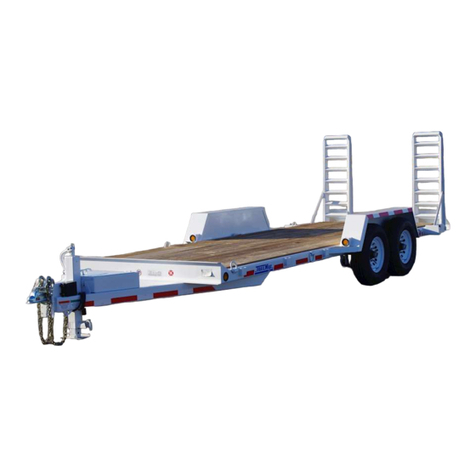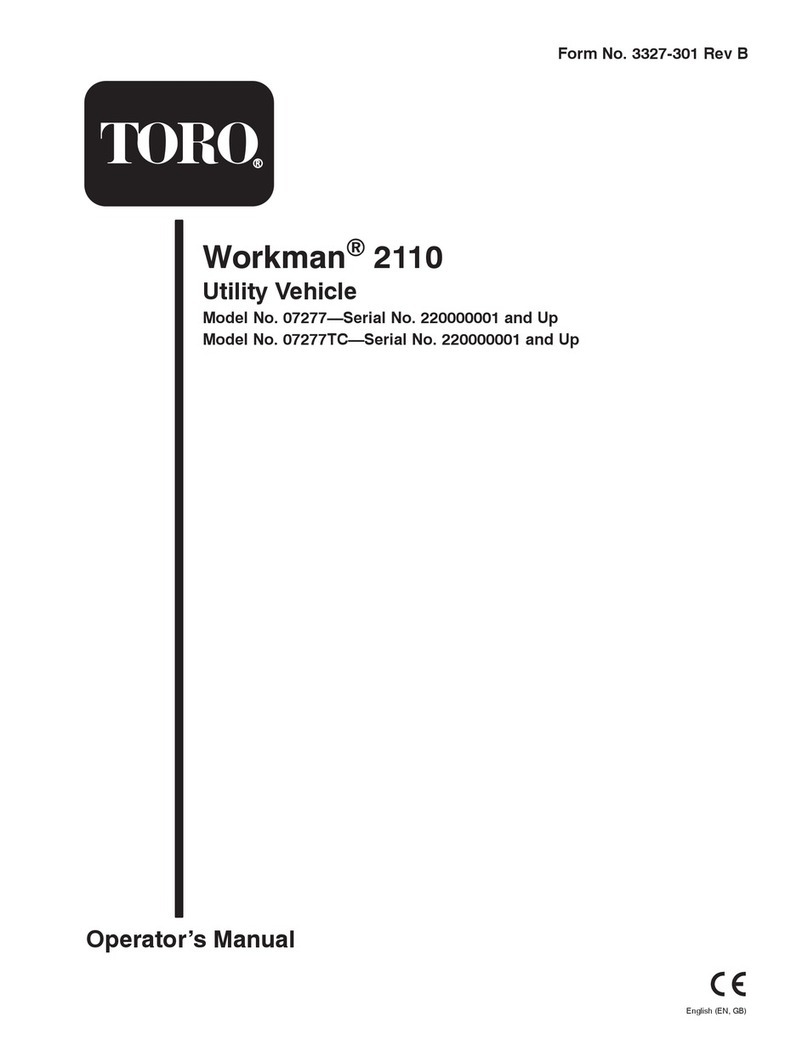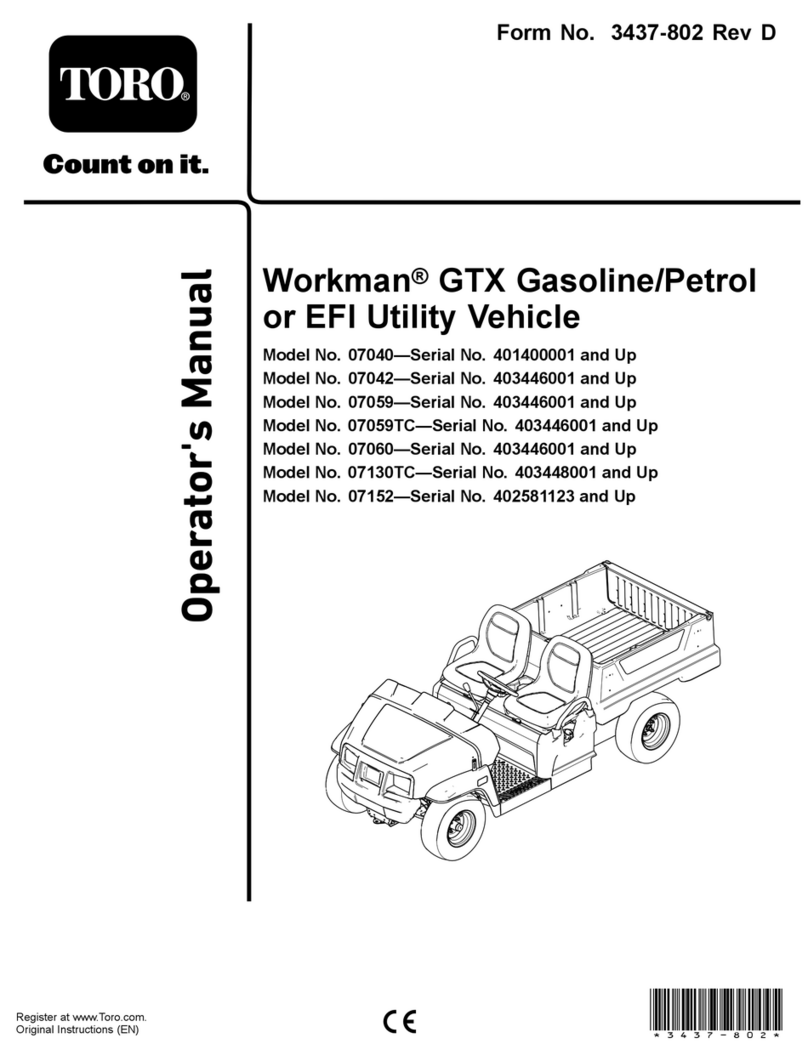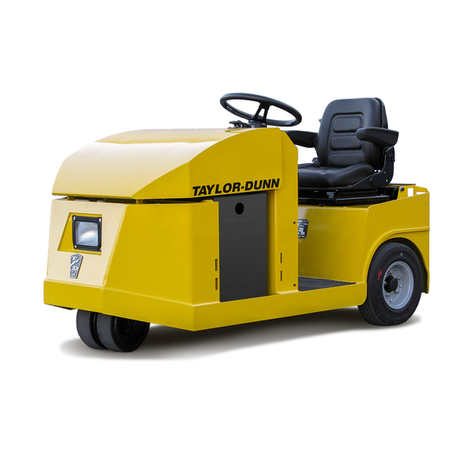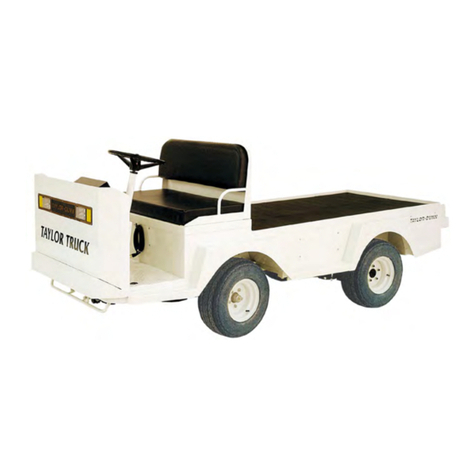
Page 4
Check Prior to Towing
Do not tow the trailer on the road until:
Trailer Breakaway System
The breakaway switch must be connected and verified. If equipped with electric brakes, your trailer will be equipped with a
breakaway system that can apply the brakes on your trailer if it becomes detached from the tow vehicle for any reason.
The breakaway system, including the battery, must be in good condition and properly rigged to be effective. An inoperative
breakaway can result in a runaway trailer. The breakaway cable must be attached to the towing vehicle and not to any
part of the hitch. Before towing the trailer, test the system. If the system is not working, do not tow the trailer and have it
serviced or repaired.
Tires and Wheels
Failure to maintain proper tire condition and pressure can lead to loss of control.
Just as with your tow vehicle tires, the trailer tires and wheels are important safety items. It is essential to
inspect them before each tow.
If a tire is found to include defects such as a bald spot, bulge, cut, cracks or is showing any cords, replace before
towing. Have the tires inspected by qualified persons. Check inflation pressure on all tires prior to towing.
Failure to keep lug nuts tightened properly may cause the wheels to be seated to the hub improperly. Before
each tow, check to make sure they are properly torqued. The proper torque for lug nuts available from the
manufacturer. Use a torque wrench to tighten the lug nuts, use a crisscross star pattern.
Lug nuts are also prone to loosen after first being assembled. When driving a new trailer (or after wheels have
be remounted,) check to make sure they are tight after the first 10, 25, and 50 miles of use and before each tow
thereafter. Our wheel nuts are torqued to manufacturer specifications and are then fitted with high-visibility
wheel nut indicators. The indicators are fitted in a uniform pattern, so when a wheel nut has loosened, the
indicator will become out of sequence. The wheel nut indicators are also heat sensitive. If there is a binding
brake or seized bearing, the heat is transferred through the stud and nut. If this temperature exceeds 120º C
(248º F), the indicator will start to blister around the circumference and eventually start to distort. Pre-flight
walkaround checks should include wheel nut checks.
Lighting, Signaling and Brakes
Be sure the trailer brakes and all the general and signaling lights on your trailer are functioning properly before
towing your trailer. Brakes and lights on a trailer are controlled via a connection to the tow vehicle.
Electric Brakes
Check the trailer brake lights by having someone operate the brake and turn signals on the tow vehicle while
you visually verify it is functioning. If your trailer has electric brakes, your tow vehicle will have an electric brake
controller that is required to be installed at the driver's position that sends power to the brakes. To check the
condition of the electrical brake system, pull the breakaway pin and check for the illumination of the green LED
indicator light. When fully lit, the battery is charged, and the system wiring is correct. To test this system,
operate the brake controller while trying to pull the trailer at a speed of less than 5mph to verify they are
operating and you can feel them engage.


